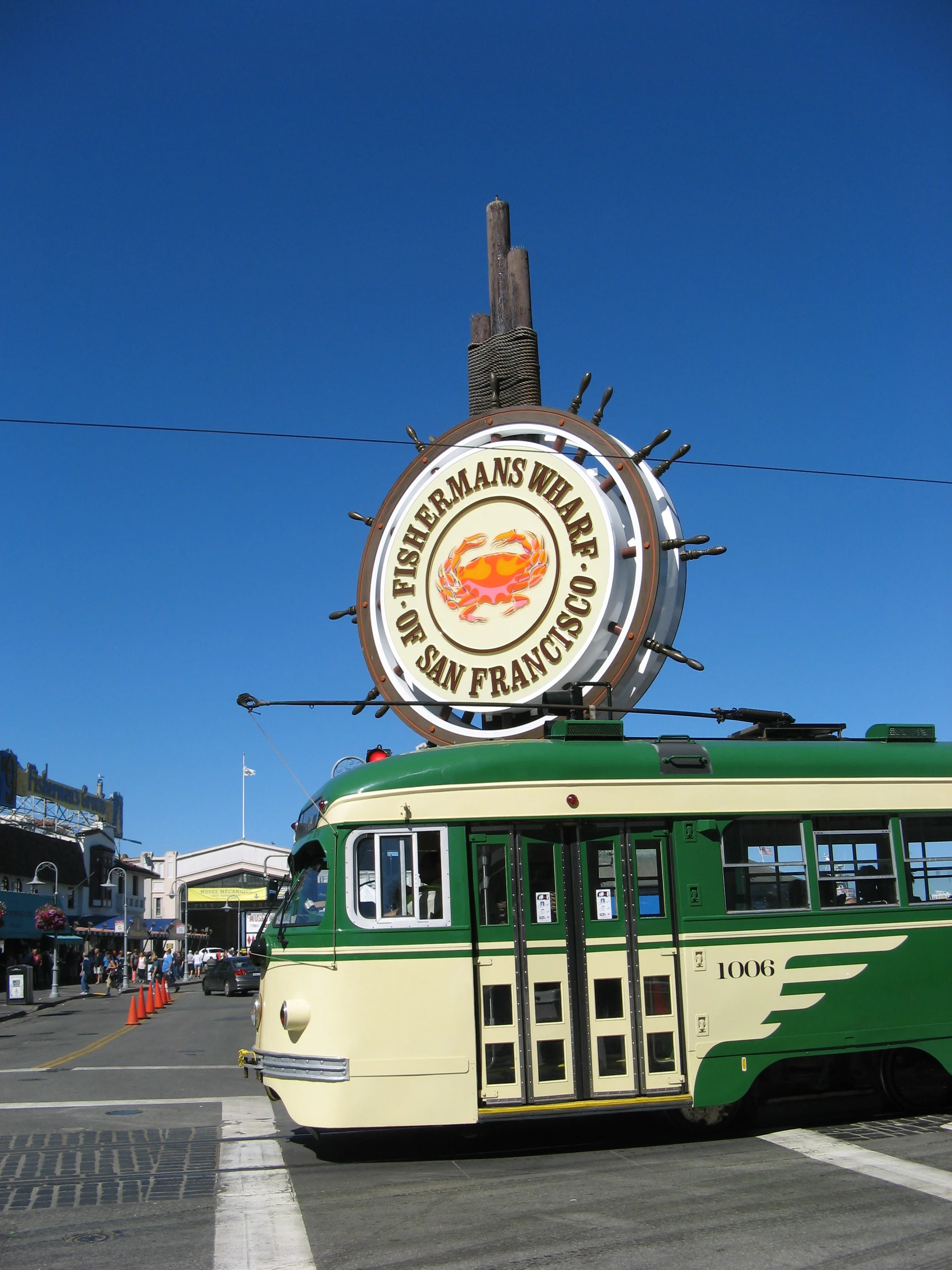By Joe Fitzgerald Rodriguez on October 16, 2015 1:00 am
Go to the SF Examiner for the full story.
Despite all the crowing of tech industry newcomers, tourism is still the beating heart of San Francisco’s economy, as out-of-towners spent more than $9 billion in The City just last year.
But the lifeblood of The City’s tourism economy — workers — are increasingly transit stranded. The Fisherman’s Wharf Community Benefit District conducted a survey last year and found businesses there had almost 200 job openings unfilled — mostly due to lack of transit.
Since the San Francisco Examiner first covered this issue last year, that problem has only grown.
“That was in December, at our low season,” said Troy Campbell, head of the Fisherman’s Wharf CBD. “At the peak season, that [problem] continues to grow, and as we see an exodus of minimum-wage workers in The City.”
Roughly 9 million to 10 million tourists visit the Wharf each year, and almost 8,500 people work there, according to statistics provided by Supervisor Julie Christensen’s office.
These two groups often compete for transit, Campbell said.
This has real-world effects on hiring. Campbell said the more than 50 businesses that responded to the survey reported that 177 out of 650 jobs in the Wharf were vacant.The survey found 40 percent of workers in the area commute from the East Bay, and 40 percent from San Francisco. As a result, connections from the Embarcadero BART station, which serves both BART and Muni trains, are crucial.
There is some hope, Campbell said. Tech transportation company Chariot runs vans in San Francisco in conjunction with a smartphone app, and recently started serving the Wharf.Ali Vahabzadeh, founder of Chariot, told the Examiner his company started its “Fisherman’s Flyer” line in July. Wharf workers asked for the route on a platform Chariot created for riders to vote for new service.
“One day we came into the office and we got hundreds of votes [asking for] a route from Embarcadero to Fisherman’s Wharf,” Vahabzadeh said. “We thought it was a joke, someone was pulling our leg.”
The “joke” flourished into a new service, with three 15-passenger vans serving more than 100 daily commuters to the Wharf, Vahabzadeh said.
Though mostly office workers use Chariot, Campbell told us, some low-wage workers benefitted as well. Vahabzadeh said his company created paper passes for the first time for the Fisherman’s Flyer line because some low-wage workers didn’t have smartphones.
The San Francisco Municipal Transportation Agency, which runs Muni, recently launched the new E-Embarcadero historic streetcar line, which provides extra weekend Wharf service, and increased frequency of the F-Market streetcar line.
Other Muni routes serving the Wharf — the 8-Bayshore, 30-Stockton, 19-Polk, 47-Van Ness and 49-Van Ness — have all been sped up by about a minute roundtrip, according to the SFMTA.
Campbell said those changes were helpful, but haven’t fully addressed the problem.
A sea change in transit options may arrive if the SFMTA moves forward with an expansion of the Central Subway to the Wharf, which Supervisor Christensen supports. The SFMTA’s 20-year capital plan paints that project as at least a decade away, with a price tag of as much as $2.6 billion.
It’s best to plan for the future, Campbell said. As rents soar in San Francisco, more workers are being priced out farther into the outer Bay Area.
Campbell said the minimum wage increases in Bay Area cities make it increasingly difficult for San Francisco to attract servers, bussers, ticket sellers and all the traditionally low-wage workers who are the backbone of Fisherman’s Wharf.
“If you’re coming from the East Bay,” he said, “why would you come into The City to work minimum wage at the same amount you would [make] in Oakland?”

